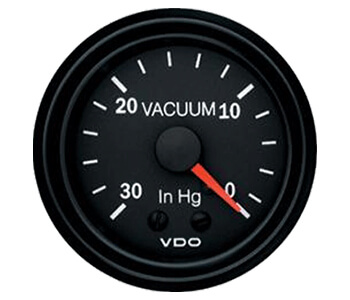What is 15 Hg vs 27 Hg?
- September 27, 2014
- Posted by: grVuVZXax3
- Category: Blog

In vacuum excavation there is allot of talk or hype about using the right Hg for your application. Well Im here to set it straight.
Hg is defined as according to Wikipedia:
Inches of mercury, (inHg and “Hg) is a unit of measurement for pressure. It is still used for barometric pressure in weather reports, refrigeration and aviation in the United States.
It is defined as the pressure exerted by a circular column of mercury of 1 inch in height at 32 °F (0 °C) at the standard acceleration of gravity.
Great! So what does this mean? Well its how much power you have in the hose pulling the debris or material. Generally the more the better. It also will get louder and more expensive when you move up in Hg. The higher Hg will help prevent the lines from getting clogged in most cases. (There is another way!)
How do I choose the right Hg for my work? The most widely used Hg in roots blowers is between 15-16 Hg. For bigger workloads or the oversize vacuum trucks they tend to go as high as 27hg.
Do we really need 27 Hg?
Not really. Again this is just my opinion on the subject. You can choose whatever you want. I use between 15-16 Hg and it has always paid off. The sound levels will be lower and you wont spend allot of money when its all said and done. Hey if you have the money, go for the higher Hg. But if you dont its ok to to be around 15-16 Hg. I wouldn’t advise going with anything lower. (Ringomatic hint hint)
So why do I use 15 Hg?
Basically I use it because it has the right amount of suction I need and if the lines do get clogged, I can simple shake the hose to free up the blockage. If you did have a blockage and you are handling a 27 Hg blower well, I wouldn’t want to be in that situation when it does come unclogged. The power alone could knock you off your feet or worst, bust your jaw.
15 Hg is a sure winner and you should be able to handle the kick back from the hose once the hose gets unclogged.
I hope this was useful.
